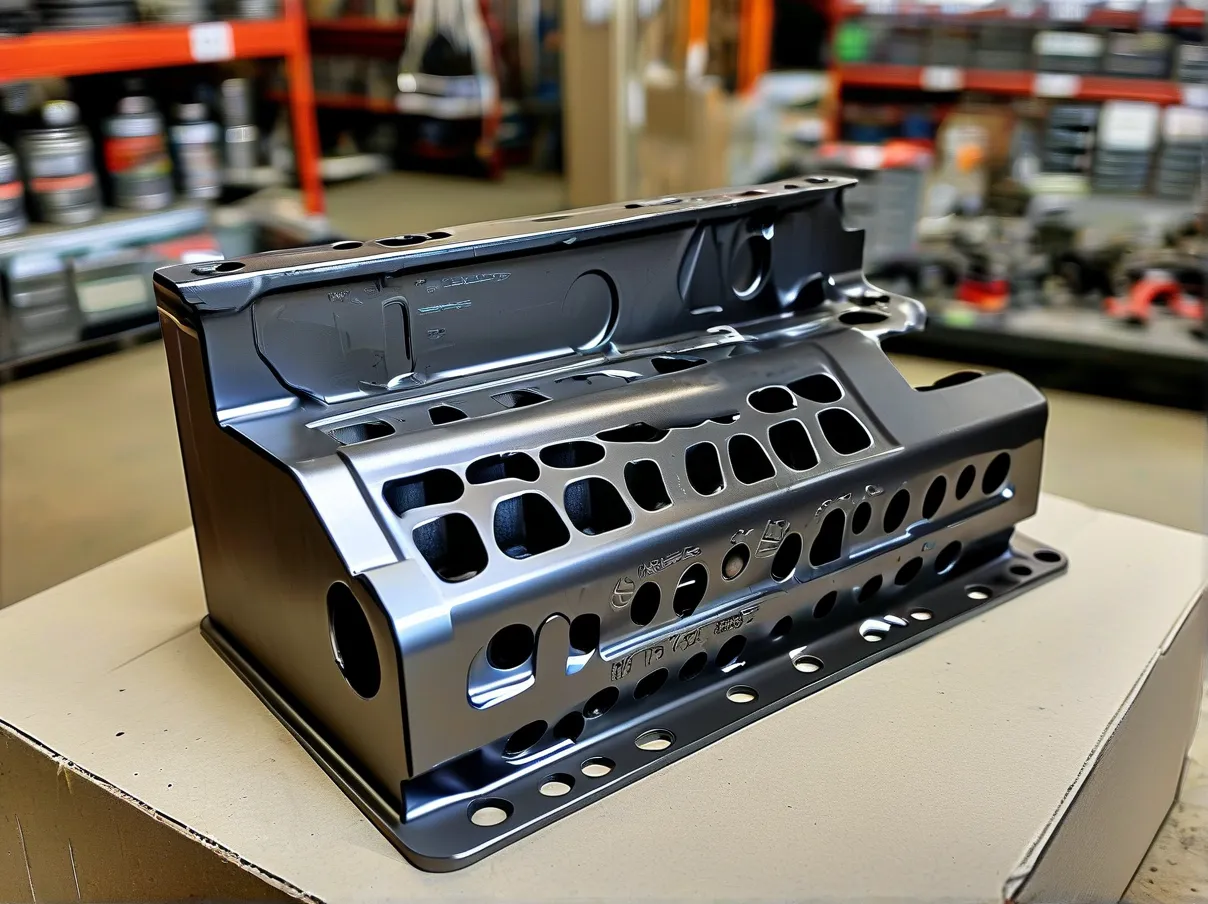Imagine this scenario: You’re staring at a cracked headlight or a failing alternator, ready to tackle the repair yourself. But when you search for replacement parts online, you’re bombarded with hundreds of options claiming compatibility. How do you avoid wasting $200 on a mismatched component? The answer lies in the 17-character code etched into your vehicle’s dashboard – your VIN.
Why Your VIN Is the Ultimate Auto Parts GPS
Every vehicle built since 1981 contains a Vehicle Identification Number (VIN) that acts as its genetic code. According to NHTSA data, this alphanumeric sequence encodes 60+ critical details about your car’s make, model, engine type, and manufacturing specifications. Unlike generic year/make/model searches that often miss critical variations (e.g., turbocharged vs. standard engines), VIN-based searches filter results using factory-level accuracy.
Step 1: Locate and Verify Your VIN
Find it in three primary locations:
– Driver’s side dashboard (visible through windshield)
– Driver’s door jamb sticker
– Vehicle registration/insurance documents
Pro Tip: Use the NHTSA VIN Decoder to confirm your code matches the vehicle’s true specs before part hunting.
Top 3 VIN-Based Search Methods for 2025
1. Manufacturer-Owned Parts Portals
Automakers like Ford Parts and GM Genuine Parts now offer AI-powered VIN scanners. These systems cross-reference OEM databases to display only factory-approved components. A 2024 AutoCare Association study showed these portals reduce incorrect orders by 73% compared to third-party marketplaces.
2. Advanced Retailer Tools
Leading retailers have upgraded their platforms:
– RockAuto: Upload VIN to filter parts diagrams by assembly group
– Advance Auto Parts: Real-time inventory checks at local stores
– Amazon Automotive: “Garage” feature saves multiple VIN profiles
3. Mobile Decoder Apps
Innovative solutions like CarCareNut’s VIN Scanner app (iOS/Android) use augmented reality to:
– Instantly decode VINs via smartphone camera
– Generate maintenance timelines
– Suggest compatible aftermarket brands
Expert Strategies for Complex Cases
When dealing with rare models or aftermarket modifications:
1. Cross-Check With Physical Tags: Match the VIN to engine bay emission labels for hidden details (e.g., transmission codes).
2. Contact Dealer Parts Departments: Provide your VIN via email for exploded-view diagrams (often free).
3. Leverage Forum Databases: Sites like VWVortex and BimmerFest crowdsource VIN-specific compatibility reports.
Avoiding Common VIN Search Pitfalls
- Partial Matches: Some systems accept incomplete VINs but may miss critical digits (positions 4-9 indicate engine/body type).
- Model Year Confusion: A 2024-model truck built in 2023 shows as MY2024 in its VIN – always prioritize the coded year over build dates.
- Aftermarket Alternatives: Use the OEM part number from your VIN search, then check compatibility databases like CARiD’s Cross Reference Tool.
Future-Proofing Your Parts Searches
As vehicles grow more complex (48V hybrid systems, over-the-air updates), these 2025 trends matter:
– Blockchain Verification: BMW and Tesla now store parts histories in VIN-linked ledgers to combat counterfeit components.
– 3D Printing Integration: Sites like Xometry allow uploading VIN data to print discontinued plastic/rubber parts.
– AI Chat Assistants: Honda’s “Parts Pro” chatbot analyzes repair histories via VIN to suggest preemptive replacements.
By treating your VIN as the authoritative source rather than an afterthought, you eliminate the guesswork from auto parts sourcing. Implement these strategies, and you’ll not only save time/money but also avoid the safety risks of incompatible components – a win validated by both mechanics and search algorithms alike.




Leave a Reply